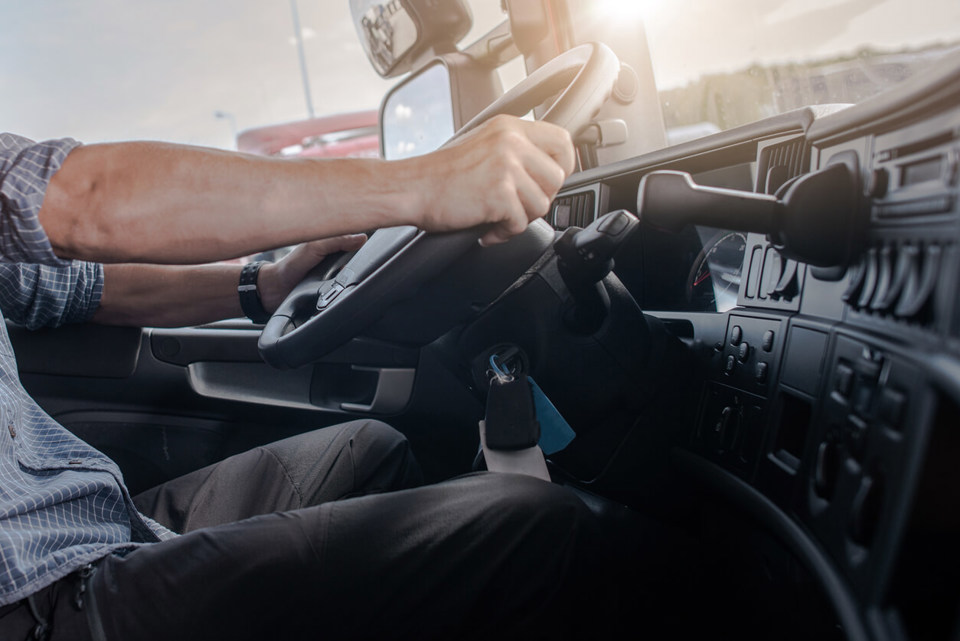Making driving at work its top health and safety priority has resulted in a reduction in both collision rates and insurance costs for one of the UK’s top construction contractors Skanska.
With a continually evolving fleet depending on construction projects and sub-contractor requirements, Skanska currently operates 403 vans, 28 buses and coaches, 206 trucks and 1,859 cars. Since taking up her role as fleet risk and compliance manager, three years ago, Alison Moriarty has raised the profile of fleet safety as a health and safety issue, particularly important as driving has a higher occupational mortality rate than working in construction itself.
Moriarty, who takes to the stage at FN’s Commercial Fleet Van & Truck Show on 21 September, will explain how driving at work has become a central element of the company’s health and safety procedure which includes its own safety committee of senior decision-makers. Forming part of its ‘Injury Free Environment’ or IFE philosophy, placing driving at work in the safety spotlight has impacted collision rates with latest figures due soon and expecting to show a drop of at least 12% in the year from March 2015 to 2016 and a dramatic reduction in insurance costs.
Moriarty said: “We view driving at work with the same gravitas as other safety related activities such as working from heights. We have been improving fleet safety over the past three years and in the first 18 months our insurance policy was reduced by £250,000 which is a direct result of our behavioural approach to driver safety.
“There is a higher percentage of people killed whilst driving for work than are killed on construction sites. We view driving as very much a part of the job employees are required to undertake. For us, driving is now the number one health and safety priority because it is the highest risk activity at work.”
By focusing on one of Skanska’s latest policy revisions, drugs and alcohol, Moriarty will illustrate how the company sets about implementing new procedures including how it engages employees in a way which has led to their full backing.
She added: “We have taken our drugs and alcohol policy beyond legal requirements because legal does not necessarily make it as safe as it can be, for example, the legal limit for driving is 35mg per 100ml of breath, but our policy is no more than 13mg of alcohol. Tests are undertaken as standard whenever a collision occurs and we also conduct random tests; it is very much considered as part of our culture and it includes everyone from the top down as well as sub-contractors and consultants.
“We approach driver safety very much from the individual’s point of view and the impact it could have on them personally, for example, we ask employees to think about their own families being on the road at the same time as when someone else could be driving under the influence of drugs or alcohol and whether they would want to expose their loved ones to such a risk.”
Skanska is famous for building iconic structures like 30 St Mary Axe (the Gherkin), Heron Tower, Barts and The Royal London hospitals and the QEII Bridge. Skanska holds ISO9001, ISO14001 and OHSAS 18001 accreditations, the FORS (Fleet Operators Recognition Scheme) and is also accredited under the FTA Van Excellence Scheme.
Fleet operators can register for their free place at Commercial Fleet Van & Truck, taking place on the 20-21 September at Millbrook Proving Ground, by visiting www.commercialfleetvanandtruck.co.uk
The two day event, which replaces the Commercial Fleet Summit, consists of an enhanced exhibition area with over 40 exhibitors, interactive best practice sessions, main stage plenary theatre, unrivalled networking opportunities and the chance to compare and evaluate commercial vehicle options.

















Login to comment
Comments
No comments have been made yet.